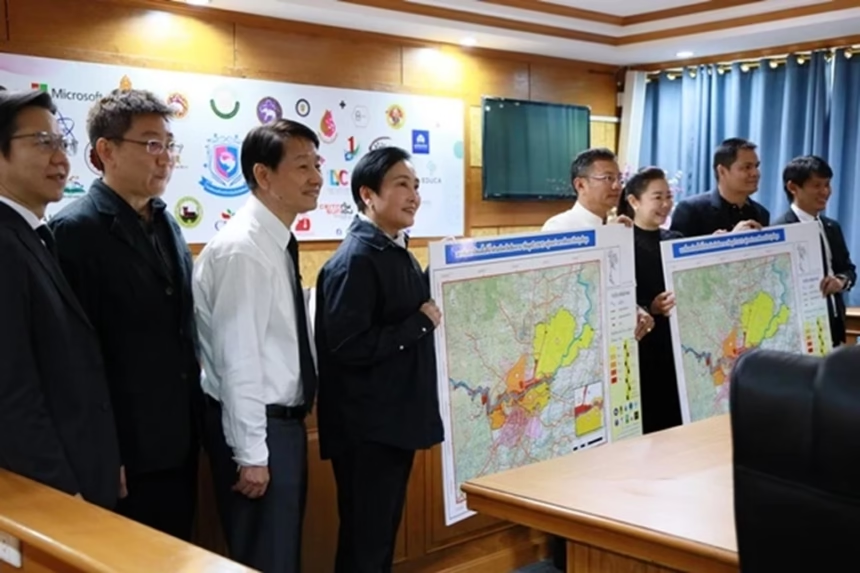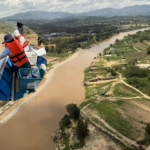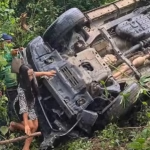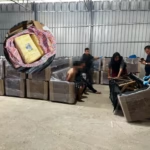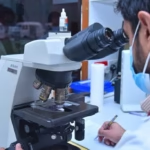CHIANG RAI – The Ministry of Higher Education, Science, Research and Innovation, through the Thailand Science Research and Innovation agency (TSRI), has joined forces with Chiang Rai Province to deal with three major disasters: floods, earthquakes, and toxic waste from the Kok River.
Led by Prof Dr Sompong Klai-Nongsuang, Director of TSRI, with Deputy Governor Prasert Jitpleechiep and Athitathorn Wanchaitanawong, Chief Executive of Chiang Rai Provincial Administration Organisation (PAO), the team set out an integrated plan.
The focus is on a national package for three priorities: floods and drought, earthquake knowledge and readiness, and toxic contamination in the Kok River. The goal is clear: cut loss of life and property, and build long-term solutions.
Chiang Rai will serve as a model for disaster management that uses knowledge and practical technology.
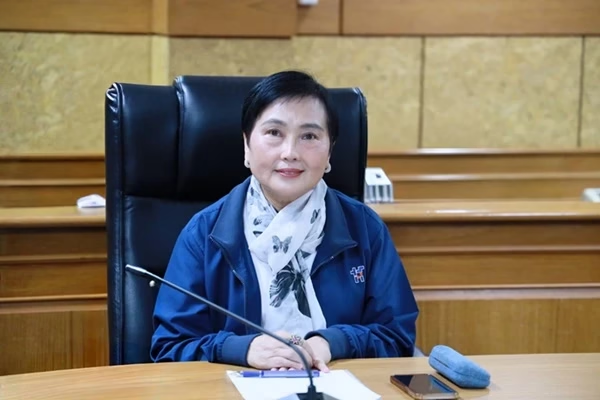
TSRI’s Role as the Linking Chain
Prof Dr Sompong stressed TSRI’s core role as the linking chain that drives the science, research, and innovation system into real outcomes for the economy, society, and the environment. The work connects prevention and recovery for people hit by disasters in Chiang Rai.
It concentrates on three fronts: water extremes, earthquake prevention and knowledge building, and the urgent Kok River toxin crisis that affects residents and businesses. Action will include spreading knowledge, giving people practical tools, and mentoring frontline teams.
The aim is to build skills across agencies and communities so they are ready and safe. Local problems will shape how the province puts the national science and research system into practice.
TSRI has agreed with Chiang Rai and partners on how to work together. As secretariat of the national science and innovation fund, TSRI will link policy and local operations, then turn existing knowledge into platforms the public can use.
For Kok River toxins, TSRI supports data from the Department of Fisheries and studies on toxins and trade. This will power the “ปลาปลอดภัย” Safe Fish app.
People will be able to scan and see contamination levels in tributaries, and check which fish types are safe to eat or carry a risk. The aim is better decisions and confidence in how toxins are managed.

Integrated planning with One Plan One Map
Work will move in an integrated way, with fund directions and policies aligned to a single action plan and a single map, One Plan One Map. All sectors will coordinate for quick, timely operations.
The annual budget for disaster readiness, covering both research and field work, will be set at not less than 1 billion baht. The purpose is to reduce harm to people and protect assets nationwide.
Deputy Governor Prasert said Chiang Rai faces frequent hazards, floods, drought, earthquakes, and contamination in local waterways. Past prevention plans were not complete. Research teams have taken up these issues and will deliver evidence for Chiang Rai and the wider North.
The findings will guide disaster management that lower the impact on the public.
All data will feed into the PDOSS Disaster Management Centre. This will sharpen operations in the coming years. He added that the Department of Disaster Prevention and Mitigation uses Cell Broadcast alerts across most hazards.
A provincial alert system would reach residents more closely. Floods alone have caused losses above 3 billion baht. If buildings and roads are counted, total damages could exceed 100 billion baht.
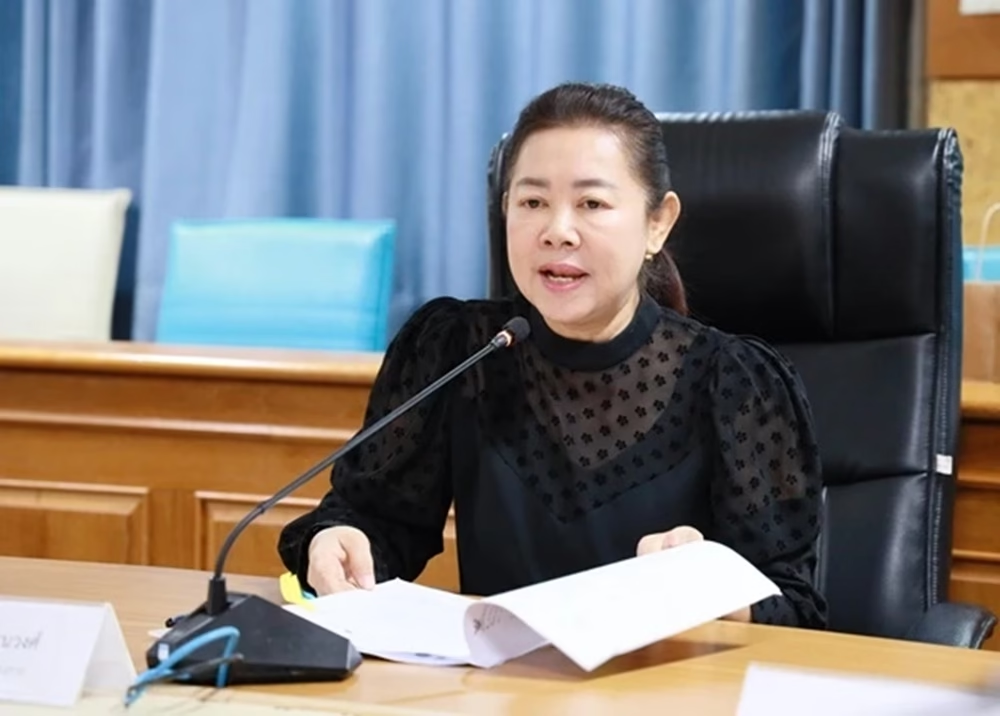
PAO Builds a Master Plan and Citizen App for Chiang Rai
PAO Chief Executive Athitathorn Wanchaithanawong said work with researchers and TSRI has produced a clear One Plan One Map view. It points research at root causes and shapes plans for long-term fixes that the government can act on. The PAO will turn this into a provincial Master Plan for budget allocation and execution.
Information will flow to the public through the PDOSS centre and a joint app. People will receive timely alerts, care, and relief. The PAO budget is limited, so wider coordination is needed. The PDOSS platform will gather inputs from the province and all local authorities, then present a single picture in the public-facing app.

Prof Dr Amor Pimarnmas, President of the Engineering Institute of Thailand’s structural division, reported on the late 2024 floods. Volunteer engineers surveyed the damage and found more than 1,700 homes affected. Their work sped up relief payments.
Key lessons include mapping patterns of damage from hazards, upgrading building standards to better resist floods, and using quality data for alerts. Sensors that flag problems help target action. Chiang Rai will be a pilot area that guides research funding suited to local conditions.
Assoc Prof Dr Sujarit Koonthanakunwong, Director of the strategic programme on water security under the national science and innovation plan, said research will add complete solutions alongside the national water master plan led by ONWR.
Early warning is central. Flood disasters may come more often, while major earthquakes may strike on longer cycles, perhaps in 50 years. Funding and direction must reflect the likelihood and scale of each hazard, within the scope that the science and innovation system can drive. The aim is to reduce future disasters with targeted, actionable work.
Related News:
Heavy Metals Found in Produce and Fish From the Kok and Sai River Basins




